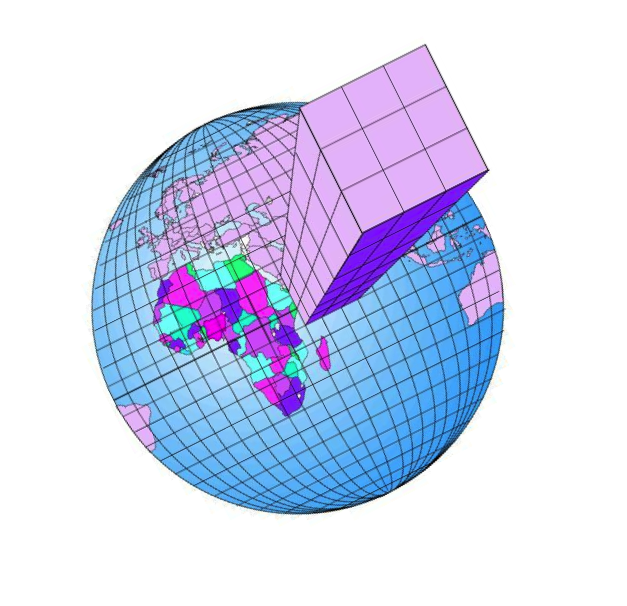|
TwoBox is a conceptual model showing the importance of different radiative forcings (ΔQ), climate feedbacks (λ) and ocean heat uptake (γ).
The description of the TwoBox model is found here.

Scenario:
Historical (1750-2011): Best estimates of historical radiative forcings.
Historical+rcp2.6 (1750-2100): Historical radiative forcings up to 2005 then radiative focings based on representative concentration pathway RCP2.6.
Historical+rcp8.5 (1750-2100): Historical radiative forcings up to 2005 then radiative focings based on representative concentration pathway RCP8.5.
Global mean insolation (1000kyr): The global mean insolation the last 1 million years.
Climate forcing reconstructions (850-2000): Climate forcing over the Last Millennium, from the third phase of the Paleoclimate Modelling Intercomparison Project (PMIP3).
Forcings (ΔQ):
For the historical run, man made and natural forcings can be turned on and off, but not for the future and the PMIP3 simulations. For the global mean insolation, only the solar radiance is used.
Natural radiative forcing:
Solar Irradiance.
Volcanic Radiative Forcing.
Man-Made radiative forcing:
Well-mixed Greenhouse Gases.
Aerosols.
Landuse.
Feedbacks (λ):
Planck: This is the direct temperature response (not really a feedback)
Water Vapor: The water vapor feedback
Lapse Rate: Lapse rate feedback
Clouds: Total cloud feedback (long pluss shortwave)
Albedo: Surface albedo feedabck
Others: This can be used to specify other feedbacks
All feedbacks can be turned on and off (0 means no feedback).
Note that there is a strong compensation between the strengt of the water vapor and lapse rate feedback, thus to produce realitsic results if one is changed the other should also be changed.
Heat uptake efficiency γ:
Ocean heat uptake:
Deep ocean heat uptake can be swithed on and off and the efficiency of the uptake (γ) can be changed.
Running the model in stocastic mode:
The model can also be run in stocatic mode by introducing a stocastic component in the ocean heat uptake efficiency (γ). This is done by turning on the stocastic switch and select a standard deviation for the yearly fluctuations in ocean heat uptake efficiency (the std(γ) parameter). The model will then be run 10 times where the ocean heat uptake efficiency is randomly perturbed assuming that the ocean heat uptake efficiency is normally distributed with the mean being the selected γ value and the standard deviation being the selected std(γ) value.
|

